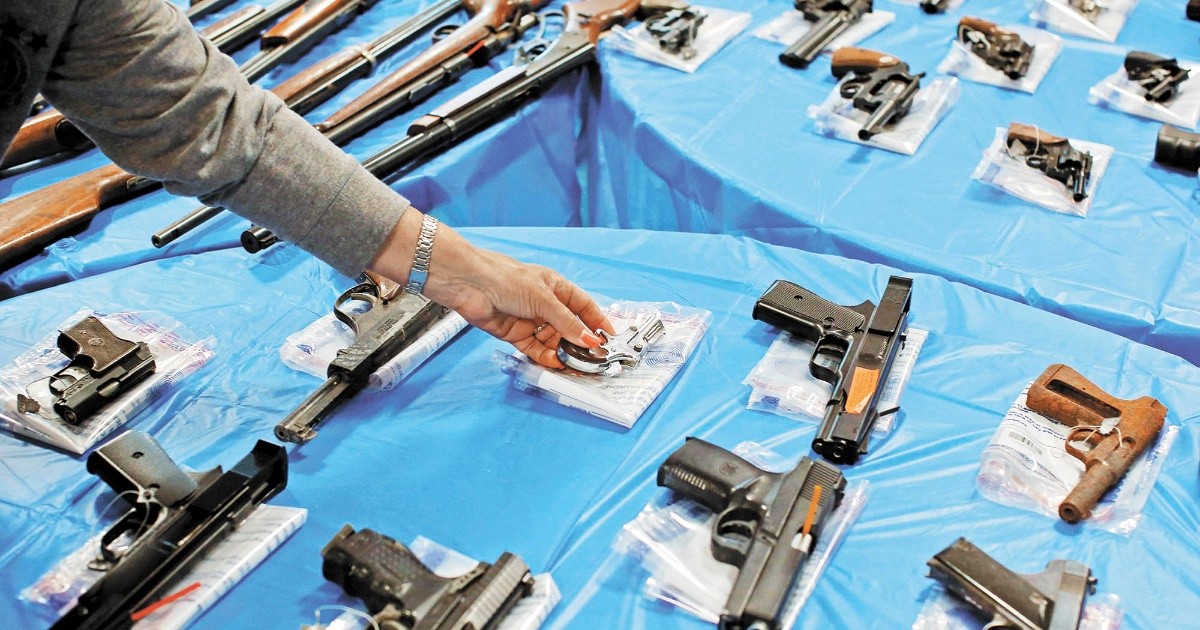Central America seized nearly 250 tons of drugs in 2021, a record figure caused by the increase in cocaine production, the release of stored drugs onto the market during the coronavirus pandemic, and the new strategies for their transfer to the United States and Europe.
“Now there are more drugs than ever” from South America, Panamanian Security Minister Juan Manuel Pino said in an interview with AFP.
The Central American countries seized at least 248 tons of drugs, of which some 200 were cocaine and the rest, the vast majority, marijuana, according to a count made by AFP from official sources.
What was confiscated exceeded by 38% the 180 tons that, according to United Nations data, were seized in 2020.
“It’s a record figure in Central America,” Panama’s First Drug Prosecutor, Marta Barrios, told AFP.
– Increased production of cocaine –
Hidden in submarines, boats, drones, small planes or containers, drug traffickers move cocaine through Central America from South America to the United States, the world’s largest consumer of this drug.
The drug moves, mainly, by sea, through speedboats, although sometimes the drug traffickers resort to artisanal fishermen.
With a production of 1,010 tons in 2020, Colombia, according to the United Nations, is the main exporter of cocaine in the world, followed by Peru, with 445 tons.
“Without a doubt, the overproduction of cocaine in Colombia has increased abysmally,” Costa Rican Security Minister Michael Soto said in a recent interview in the Costa Rican newspaper La Nación.
Experts believe that criminal groups have managed, with the use of chemicals, to produce more cocaine with fewer crops.
“The new technologies that are being used make it possible to increase the production of cocaine,” said Barrios.
“Instead of making two drug harvests a year, now they make four harvests,” added Pino.
– Drug accumulated by the pandemic –
Anti-narcotics experts point out that the increase in seizures is also due to the fact that criminal groups are releasing the drugs that they had stored and that they could not move due to mobility restrictions caused by the coronavirus pandemic.
Now that the measures have been relaxed, they would be sending large amounts of drugs to meet their current commitments and those made before the pandemic.
“They managed to accumulate a large quantity of drugs because the mobilization was practically zero, but the production continued,” said Pino.
On her side, prosecutor Barrios suspects that the pandemic led criminal groups to “rapidly reorganize” to continue drug production and trafficking.
The situation caused by the appearance of the new coronavirus would also have generated the need for criminal groups to reorganize their shipments to obtain greater economic performance.
“Everything changed during the pandemic,” Honduran anti-drug police director Mario Molina told AFP.
“They accumulated and stored so much drug” that criminal groups have to “take risks” to fulfill “criminal commitments to deliver large amounts of drugs to their destination,” he adds.
– Europe, the “new” route –
In the last year, drug seizures hidden in containers leaving Central American ports destined for Spain, France, Croatia, the Netherlands, Italy and Belgium, among others, have skyrocketed.
The increase in the shipment of drugs to Europe is due to the high demand and the high price paid in the old continent for its consumption.
“The main route has always been the United States, but now a large part reaches Europe,” Molina said.
“It is true that the routes using container modalities have increased due to the ease it presents for shipments to countries on other continents,” said Barrios.
The pandemic also appears to have changed shipping methods.
“A few years ago the drug was inside the product, for example, inside a piece of fruit or inside a piece of furniture, but in recent times what we have seen is that the formal and legal product leaves where it is stored and along the way it pollutes,” concluded Soto.
– Invisible like a “ghost” –
According to official data, with 128.7 tons of drugs -mostly cocaine-, Panama led the seizures in Central America in 2021. It even crushed, with almost 40 tons of difference, its previous record of 2019 (+43%).
In Costa Rica, according to data from the Ministry of Security, 70.8 tons were seized, just a few kilos less than the 2020 record.
Honduras also broke its mark with 24,000 kilos, according to Commissioner Molina.
In Guatemala, the Ministry of the Interior quantified 13.2 tons, while in El Salvador, the National Civil Police recorded 11.7 tons.
For its part, in Nicaragua, the Army reported the seizure of 4.5 tons in the period between September 2020 and September 2021.
The threat of drug trafficking “has been going on for years and is now gaining strength,” Pino warned.
But Molina also warned: the new generations of drug cartels “are invisible, they are like a ghost, they don’t even carry a weapon.”



